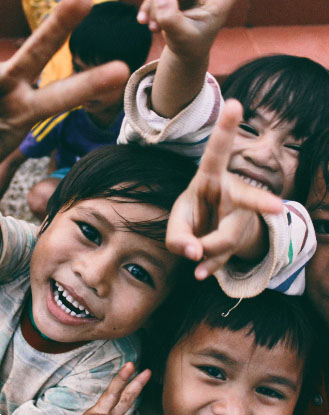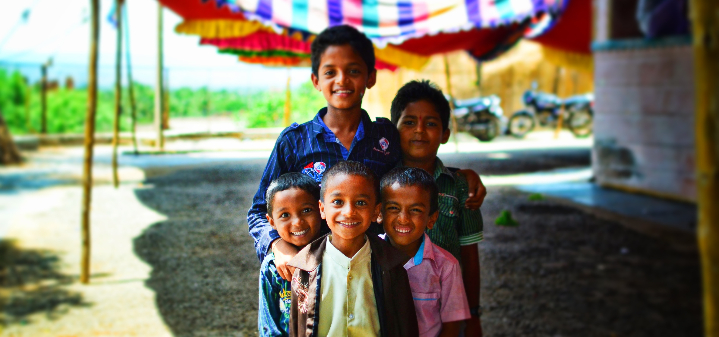Mission Possible Blog 2018: The Second Day
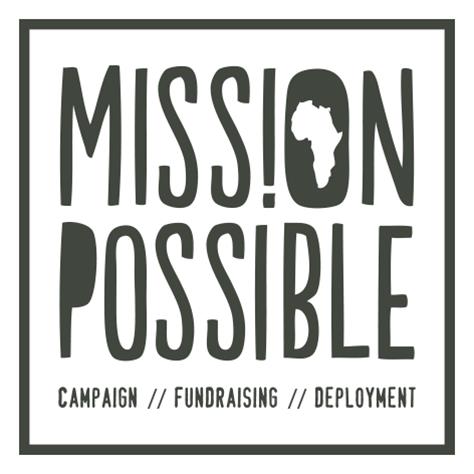
On the second day of their deployment to Tanzania, the Mission Possible volunteers got down to some tough physical work, under a searing sun. It wasn’t easy but the goal was - to help villagers and children. These are the thoughts of volunteer Aakeel Osman as his team helped provide a long term water solution before tackling the task of new toilets at a school.
After the water walk and CPA on the first day, the second day saw us split into two teams. Team A is involved in renovating the village school, assessing beneficiaries for the livelihood project and handing out solar panels.Team B is helping create a sustainable and long term water solution project, building new toilets for the village school and visiting the medical dispensary.
I was part of team B and our day started with a long and bumpy 1 &12; hour bus drive into the village from Tanga city. Upon arrival we met local villagers who had already started initial planning for the location of the water tank and pipework.
FOUNDATIONS
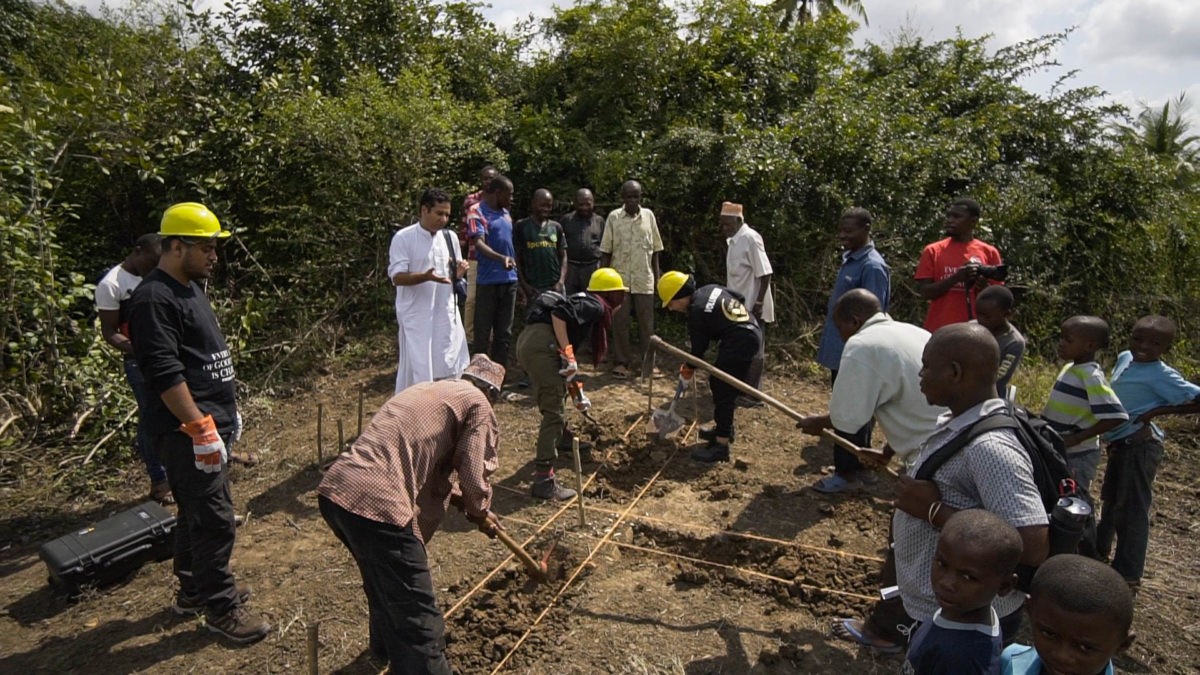
We started work on digging the foundations where the water tank would be housed. It was extremely hard, the ground was rock solid and dry, and the sun was beating down on us. The locals seemed unaffected by this.
Some villagers were working harder than others and some needed a push to work. It seemed unfair because the water that will be provided is for the benefit of the whole village, so I felt that the villagers that were present should have put in an equal effort.
As the digging continued, I spoke to our field officer to understand how the connection to the tank would work. He advised after speaking to locals that there would be an over ground pipe from the connection point to the tanker. As he said over ground, I immediately thought that the majority of the digging was finished.
However, upon completion of digging the foundation, the villagers started digging up the route of the pipe connection which was approximately 30m long and needed to be 2ft deep.
I realised quickly that the information beforehand was incorrect and came to the realisation that this is just the way of African life - you will get a different answer for the same question depending on who you speak to, even if the answer should be the same.
DIRECTIONS
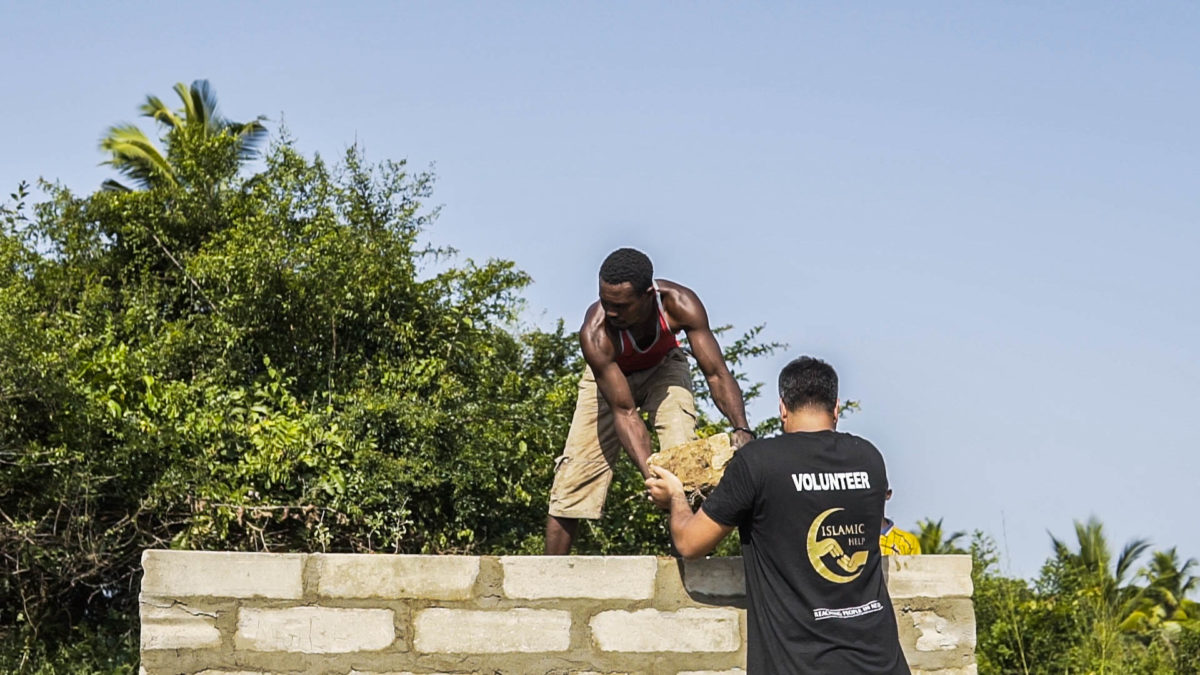
After the pipework dig had started, I advised the villagers to split the team up into 2-3 teams to speed up the dig. Some started at the bottom, some at the middle and others near the tank. Within an hour the channel was dug out.
I realised that the villagers are keen to work; they just need a little push, some direction and planning, and finally the right tools to do the job.
In such a short space of time we had laid the foundation which another team had mixed, dug both holes and had bought bricks nearer to the construction area ready for tomorrow once the cement had dried.
It was very gratifying seeing all the villagers come together to help with this project. The village has been around since 1975 and since then the only sources of water are stagnant ponds which, depending on the season, can vary between 1-2km away to 5-10km away if the one which is closer has dried up.
In just over two days we will have provided this village with clean and safe water; eradicating the problem this village has had since its existence.I spoke to an older local who has been around since the village started in 1975, he explained how happy he was that the village finally will have clear water and that the current water they have has caused them many issues over the years.
As the main works had now been set and a plan made for the coming days, we left the villagers to continue and made our way to the local school to start work on the new toilets.
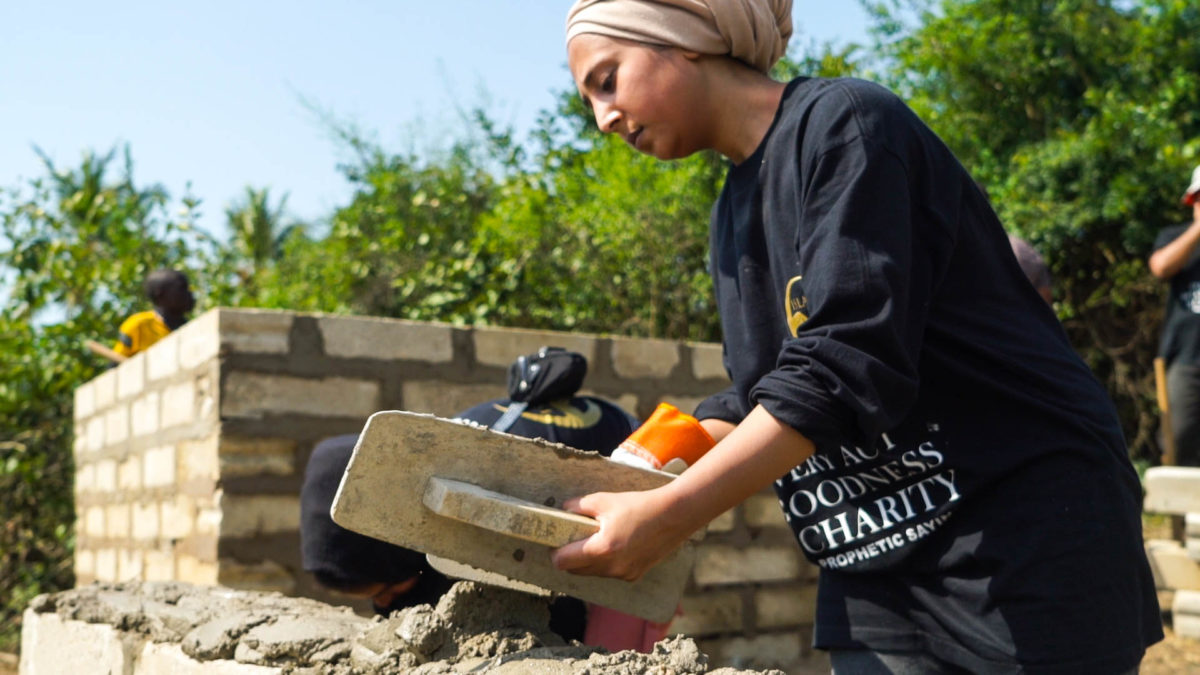
SCHOOL WORK
It was an approx 5-6km drive which took about 20 minutes. This is the same route the kids take daily to school and back, walking in scorching heat and most of them without shoes and basic stationery.
Upon arrival, we saw the shocking state of the current toilets and learnt that there were only two toilets for over 300 schoolchildren.
As the Mission Possible programme preparations had already commenced the week before, the locals had already dug up the foundations for the toilets and a huge 25-30ft hole which would house the septic tank.

The thing that amazed me is that this was all by hand. No trucks or tractors, just hard work, grit and determination from the workers to provide safe and clean toilets for the children.
We helped carry the bricks to various parts of the site, which were extremely heavy! We also helped out wherever else we could, whether it was by laying cement between bricks, mixing the cement, or bringing other tools and equipment to the site.
We were under instruction for part of the time at the school. However, our translator had disappeared and this in turn had a negative effect on the volunteers, with the locals not being as receptive and warm as one would expect.
We continued helping as much as we could and then, with not much else to do, we sat down to rest and some kids came over. While speaking and playing with them we realised that while this project has different challenges, ultimately the goal was for the children to have a safe and clean toilet.
Keeping that in mind, when the field officer reappeared, I made sure the locals, builders and others on site were aware of the timeline and ensured they had achievable targets for each day to complete this project before we left.
Overall it was a good day. While we had different challenges, it was good to see contrasting views of villages and how the people reacted to us. I hope in the coming days we can continue in our goals and finish our projects.

